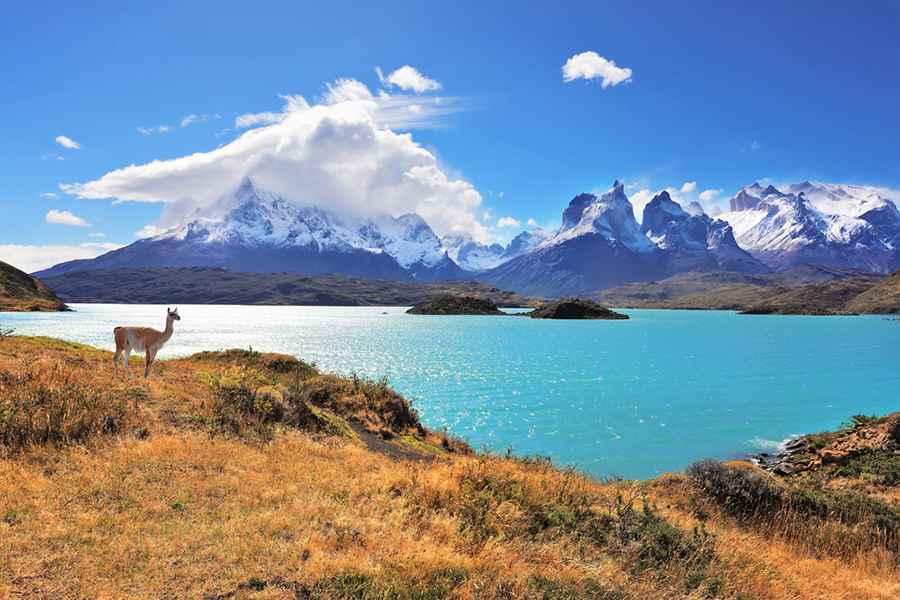Backpacking Through Patagonia: 8 Tips for Solo Adventurers
Backpacking through Patagonia is a dream for many travelers. This vast region in South America offers epic scenery, including mountains, lakes, and glaciers. Traveling solo in Patagonia can be both exhilarating and challenging. You’ll need to be prepared for unpredictable weather, remote trails, and long distances.

Here are 8 essential tips for a successful solo adventure in Patagonia.
1. Choose the Best Time for Your Adventure
The best time to visit depends on your preferred experience. Peak season runs from November to March, which is Patagonian summer. The weather is milder, trails are accessible, and services are open, making it ideal for hiking and outdoor activities. However, it is also the busiest season. Shoulder months like October and April offer cooler weather and fewer crowds. Winter, from May to September, brings snow and cold, which is suitable for winter sports but limits access to some areas.
2. Pack Smart: Essentials You Can’t Forget
Weather in Patagonia can change instantly, so pack layers for rain, wind, and cold. Essentials include:
- Waterproof jacket
- Thermal base layers
- Warm hat and gloves
- Sturdy hiking boots
- Backpack with rain cover
- Lightweight tent and warm sleeping bag
- Portable stove
- First aid kit
- Water filter or purification tablets
- Navigation tools: map, compass, or GPS
3. Plan Your Route Carefully
Research popular trails, such as the W Trek or O Circuit in Torres del Paine (Chile) or the Fitz Roy Trek in El Chaltén (Argentina). Decide how many days you want to hike and where to camp or stay. Check trail difficulty to match your experience and fitness. Don’t overestimate your abilities, and book campsites in advance during high season to avoid being left stranded.
4. Prepare for Solo Travel Challenges
Carrying all your gear alone can be tough, so pack light but smart. Remote trails can be difficult, especially with limited cell service. Learn to use a map and compass, and stay flexible. Solo travel requires staying positive and alert at all times.
5. Stay Safe in Remote Areas
Safety is critical when traveling in remote Patagonia.
- Carry a first aid kit, charged phone, and power bank
- Learn basic first aid for common injuries like blisters, sprains, or hypothermia
- Stick to marked trails and avoid wandering alone in difficult terrain
- Share your daily plans and expected return time with someone
- Carry a whistle and flashlight
6. Respect Local Culture and Wildlife
Patagonia has Indigenous communities and unique ecosystems. Always follow “Leave No Trace” principles:
- Take out all trash
- Don’t disturb wildlife
- Stay on designated trails
Learn basic Spanish phrases to communicate respectfully with locals and follow all park rules.
7. Budget in Advance
Patagonia can be expensive, but there are ways to save:
- Camp in national parks rather than staying in lodges
- Cook your own meals instead of eating out
- Use public transport or share rides
- Consider traveling in the shoulder season to avoid peak prices
8. Always Be Ready for Unpredictable Weather
Weather in Patagonia can change quickly: strong winds, rain, and snow can occur at any time. Keep electronics and important items in waterproof bags, and make sure your clothing layers are adequate for sudden changes.
Conclusion
Backpacking through Patagonia solo is an unforgettable experience. The views, freedom, and thrill of new trails are incredible. Preparation is key: pack the right gear, know your routes, and stay aware of the weather. With proper planning, Patagonia offers an adventure you’ll never forget.
Image credit: Depositphotos